Believe it or not, there’s more to Cornwall than its famed natural landscapes. Though visitors flock from across the globe to personally experience the Duchy’s paradisiacal beaches, subtropical gardens, rugged coastline and enchanting countryside, there’s far more than initially meets the eye when it comes to Cornwall’s must-sees: its beautiful buildings.
Home to a plethora of striking architecture, historic houses and iconic landmarks, it is often Cornwall’s man-made attractions that turn out to provide some of the most moving views and memorable holidaying moments.
From imposing waterfront galleries to World Heritage Mining sites, ancient castles and quaint fishermen’s huts, here’s our handpicked list of Cornwall’s buildings worth going the extra mile (or more) for...
Egyptian House
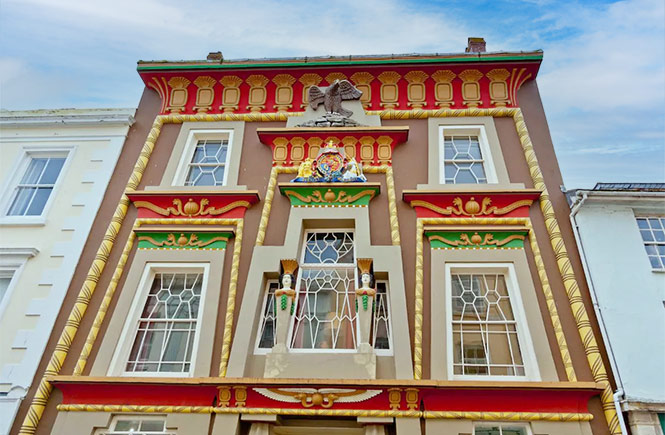
Located on Penzance’s historic Chapel Street, the flamboyant facade features a colourful mix of lotus buds, fans, obelisk caryatids, a coat of arms with a giant eagle, and grand entrance columns as part of former owner, John Lavin’s pseudo-Egyptian makeover in the early 1800s.
St Michael’s Mount
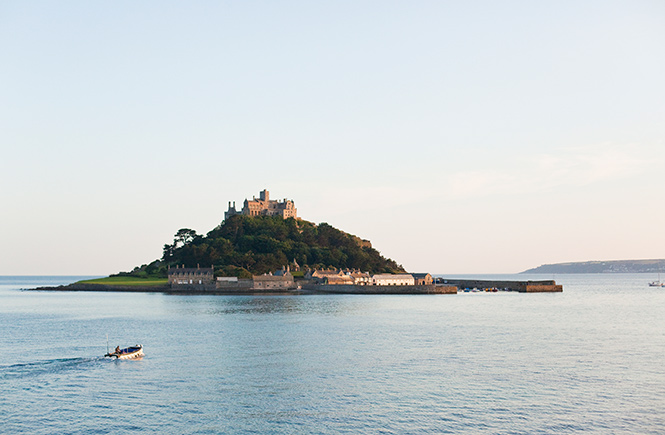
Sitting atop Penzance’s world-renowned tidal island, St Michael’s Mount requires little introduction. The cobbled causeway leads from Marazion Beach to the harbour village, impeccable gardens and up to the castle: reputedly a monastic site from the 8th to the early 11th centuries and now home to the St Aubyn family.
Tate St Ives
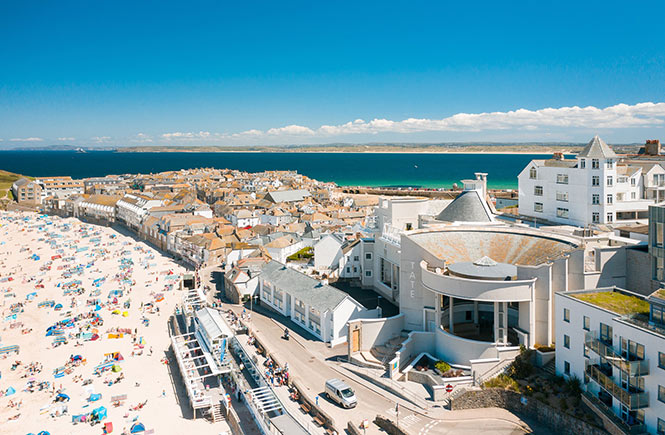
Overlooking St Ives’ surf beach of Porthmeor, the striking white building was designed – and later extended - to capture and maximise the natural light while framing ocean views of the Atlantic and housing a collection of twentieth century Britain’s most iconic artworks. If art is your thing, also check out the Palais de Danse - the former cinema and dance hall was previously used as a studio by artist Barbara Hepworth, and has been granted Grade II listed status by Historic England. A stone-built Cornish cottage, the creative space has remained largely undisturbed since her death, providing a physical vestige of the town's cultural history.
The Minack Theatre
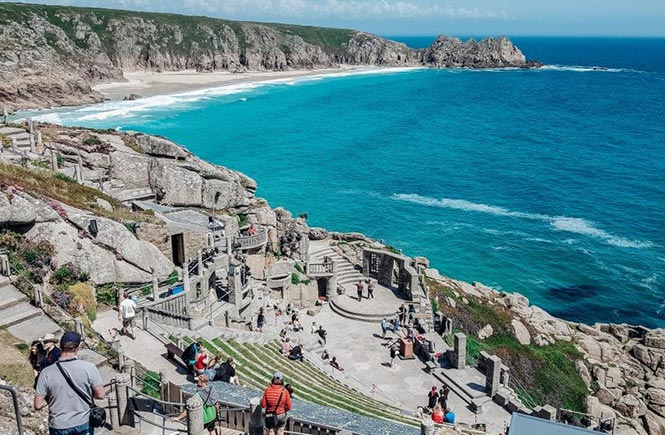
Carved out of the cliffside above the impossibly picturesque Porthcurno Beach in far west Cornwall, the famous open-air theatre is a sight to behold. Created – and hand carved – by local artist and builder Rowena Cade, it remains a hugely popular year-round attraction and entertainment venue of the most wow-worthy kind.
Carn Brea Castle
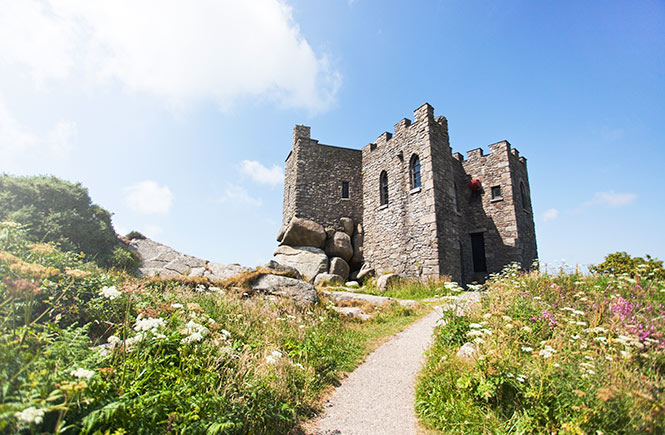
The 14th century Grade II listed building can be found presiding over Redruth in Carn Brea (which means ‘rocky hill’ in Cornish). Originally a Neolithic settlement and fort, excavations have revealed everything from Roman coins to Bronze Age axes. Today it is home to a Middle Eastern-themed restaurant complete with jaw-dropping views.
The Crowns
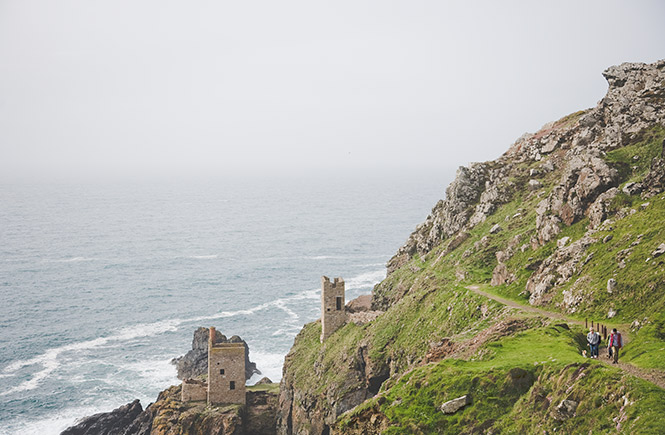
Combine a tour of Poldark’s filming locations with some of the most iconic World Heritage Mining sites Cornwall has to offer at west Cornwall’s, The Crowns. Teetering on the cliff edge along the Tin Coast, the engine houses of Botallack Mine are a staggering sight, while further along lies the equally-as-impressive, Levant Mine and Beam Engine.
Tregothnan Estate
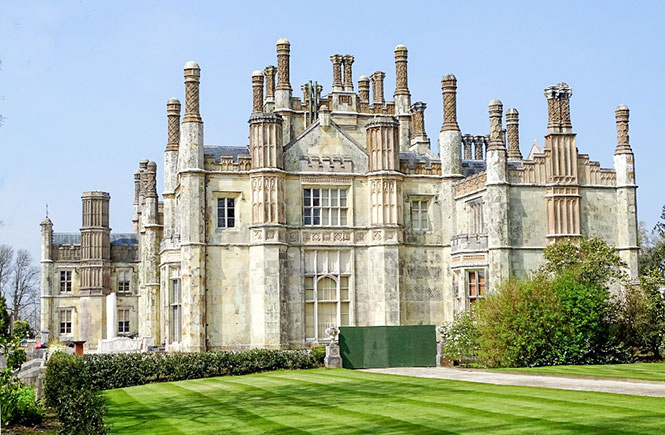
The living and working private estate is steeped in beauty, boasting extensive grounds fringing the Helford River including tea plantations, farms, orchards and meadows that surround the principal country house, or as the Cornish for Tregothnan translates, “the house at the head of the valley.” While you cannot visit the house itself, you can book a Tea and Orchard tour to explore part of the estate's famous tea plantation, and purchase tea and other produce in the Reading Room shop.
Pendennis and St Mawes Castles
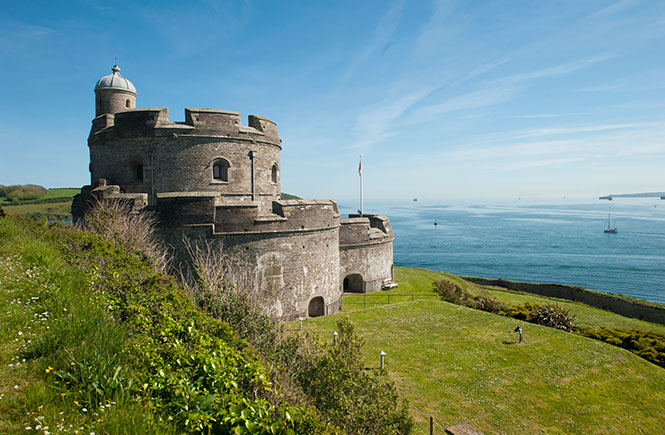
Standing on opposite headlands at the entrance to Falmouth Harbour, Pendennis and St Mawes Castles are two of the best preserved of Henry VIII’s coastal fortresses. Expect spectacular sea and estuary views, a wealth of wartime history, and a fascinating insight into Tudor times and architecture.
Truro Cathedral

Situated in the centre of Cornwall’s only city, Truro Cathedral adopts a Gothic Revival design by John Loughborough Pearson, combining exquisite Victorian stained glass by Clayton & Bell with a trio of eye-catching spires, world-famous organ by Henry Willis, and arresting reredos by Nathaniel Hitch.
Eden Project
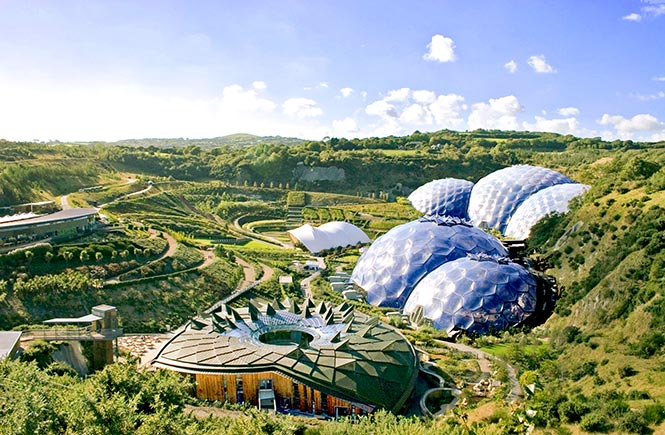
The world’s largest indoor rainforest is “a mind-boggling feat of architecture and biological engineering.” Comprising three gigantic biomes built into a disused China clay pit near St Austell, it remains one of Cornwall’s most visited and prized attractions, presenting a host of things to see and do from artworks and exhibitions to events, entertainment and educational programmes.
Launceston Castle

Discover the thousand year-long history of Launceston Castle by roaming the keep and 13th century tower, and delving into the fascinating exhibition. At the top of the tower you’ll be rewarded with gaping views of the town and surrounding countryside. It’s also dog friendly and prime picnicking territory.
Tintagel Old Post Office
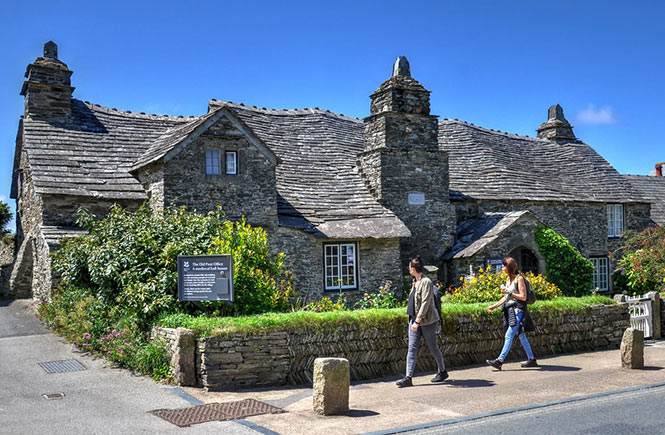
The diminutive yeoman’s farmhouse was first constructed during the Middle Ages over 600 years ago, and has been variously restored over the centuries (to award-winning effect) into the historic building and cottage gardens that can be found there today. It also retains many original and early features such as its fireplace, along with the slate and beams of the delightfully ‘wonky’ roof.
St Catherine’s Castle
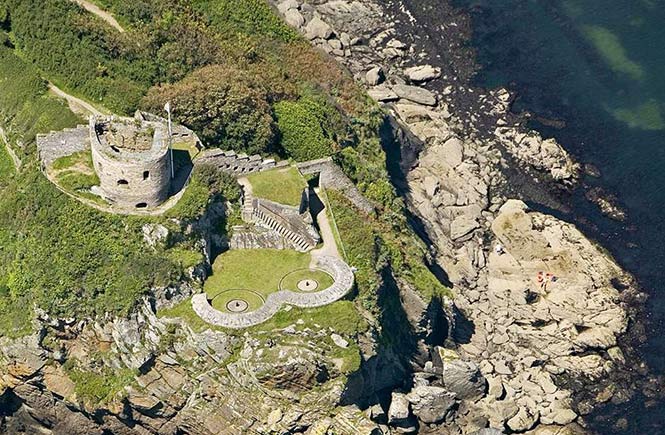
One of just two small artillery forts built in the 1530s by Henry VIII to defend Fowey Harbour, St Catherine’s sits across from Polruan on a piece of rocky headland jutting out toward the ocean, giving visitors gorgeous vistas to soak up while stepping hundreds of years back in time.
Huer’s Hut
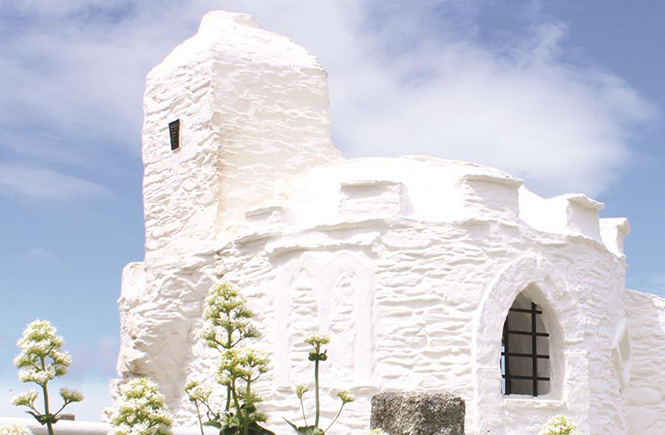
Newquay’s tiniest visitor attraction sits on a hill above the harbour and is thought to date as far back as the 14th century when it was used as a lookout by the so-called Huers searching for giant shoals of fish. One story high and round in shape, a few steps up the external staircase will lead you onto the stone roof to take full advantage of the bay-wide views that stretch as far as the eye can see.
Caerhays Castle
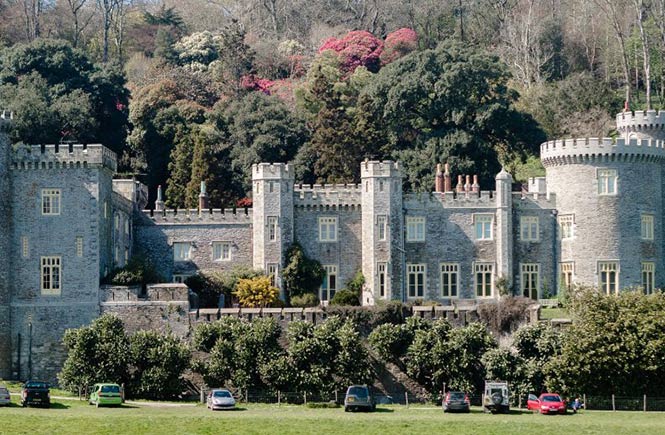
What could be more magical than a castle by the sea? Situated along the South West Coast Path near St Austell, the gardens and castle are open during the spring and summer months to allow visitors to explore this extraordinarily beautiful estate. Take a tour of the spectacular Grade I listed castle to discover more about its build by regency architect John Nash in 1807, as well as the life and work of the Williams family who reside there.
Prideaux Place
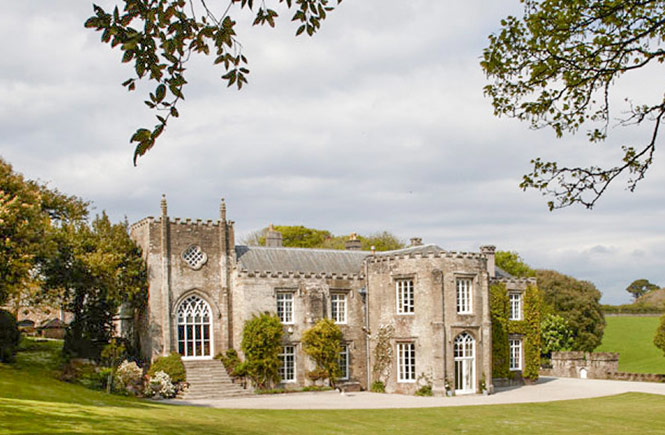
Padstow’s Elizabethan Manor is an international film star in its own right, having appeared on TV and the silver screen dozens of times. Fourteen generations of the same family have lived there since the build was completed in 1592, and along with the breath-taking main building itself (chock with period antiques and artworks), the grounds are awash with features including an ancient deer park with views toward Bodmin Moor, landscaped gardens, a tree lime avenue, woodland walks, classical temple and grotto.
Trerice

Located near Newquay in Newlyn East, Trerice offers visitors the chance to roam the Elizabethan manor house and gardens, with the added bonus of eating and shopping in the delightful tearoom. Highlights include original 16th century glass, a thousand-piece collection, a magnificent wild meadow, and intricately designed knot garden.
Lanhydrock

A riot of colour, Lanhydrock is a spellbinding combination of Victorian country house and sprawling parkland laced with a network of riverside and woodland walks and cycling trails. Situated in Bodmin and built in 1630-42, visitors can admire everything from the 17th century ornamental plasterwork and 35m long barrel-vaulted gallery, to a plethora of neo-Jacobean interiors and artworks aplenty.
Bodmin Jail
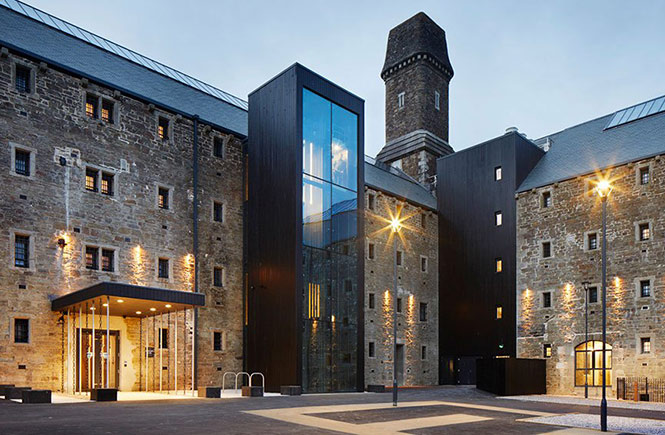
The former prison lies on the edge of the moor, which adds to its eerie ambiance and palpable sense of history and place. Built in 1779 by Sir John Call for King George III, a visit here delves into the building’s unique history in the most immersive and haunting of ways.
St Winwaloe’s Church
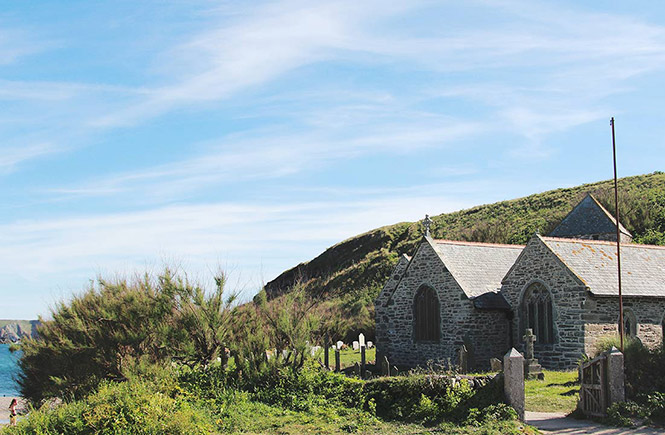
Both the beach and building at Poldark filming location favourite, Gunwalloe, are stunning sights. The Grade I listed 11th century stone building is the only church in Cornwall situated on the sand and comprises a three-hall design joined by gabled roofs. Inside, seek out the 15th century painted screen depicting the crucifixion, which was traditionally claimed to have been salvaged from the wreck of a Portuguese treasure ship, The Saint Anthony that ran aground on the beach in 1527.
Thinking of visiting? Take a look at all our holiday cottages in Cornwall >
Tags: Cornwall | Marazion | Minack Theatre | Newquay | Penzance | St Ives |